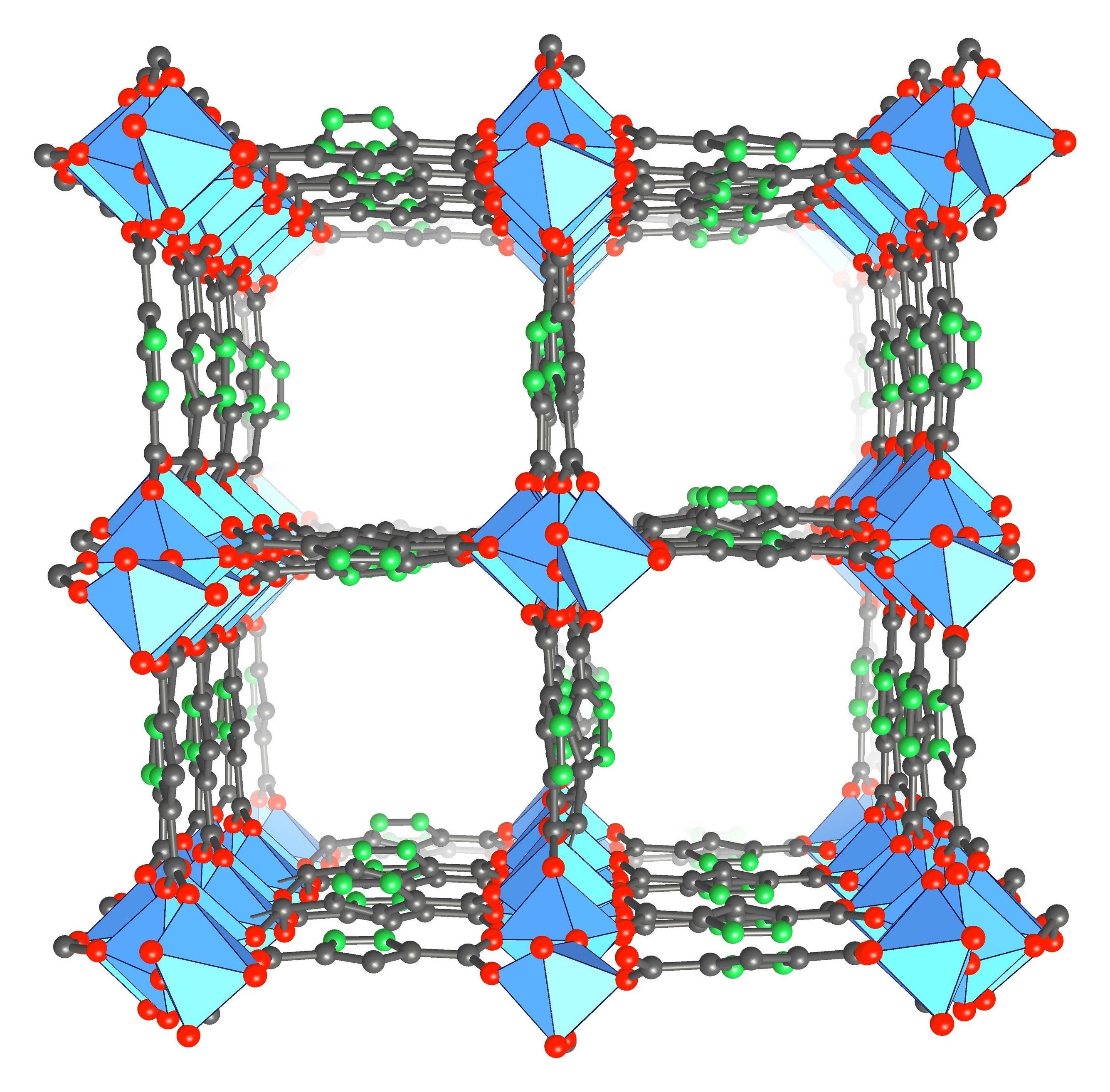Potential changes in the frequency and intensity of storms off the coast of the UK and around the world could have a “catastrophic impact” on the livelihood of fishermen and sustainability of fishing industries, research led by the University of Exeter has shown.
The research, based on a review of past studies and examination of future projections, warns that the increase in storms could make fishing more dangerous, displace fish from their natural habitats and interfere with the ability of fish to breed.
Storms off the coast of the UK are projected to become more frequent and intense over the next two centuries and more dramatic storms are expected in the North Sea and North Atlantic, to the West of the UK, Ireland and France, threatening the future of fishermen and the fish they catch.









